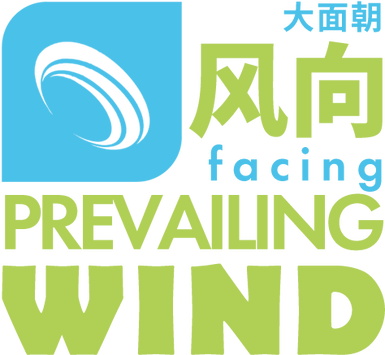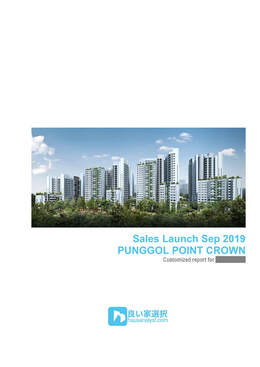When the Northern hemisphere experience Winter, the air pressure is higher and it will move towards Southern hemisphere where the air pressure is lower (Australia is entering Summer and hot air rises) and vice versa. Being located along the equator, Singapore will experience this major air movement which is what we refer to as prevailing wind. During the Northeast Monsoon Season, the prevailing wind is from North/ Northeast while during the Southwest monsoon season, the wind is mainly from South/ South to Southwest. In between monsoon season, there will be wind movement from other directions like Northwest or Southwest but less frequent. WHY is it important to understand prevailing wind pattern?
Push factor Assist in the surrounding pollutant movement. As described earlier on, should there be a construction activity going on just across your unit and prevailing wind happens to move along the same direction towards your unit, then you will be experiencing massive dust pollution. If you think of the pollutants as a gas, then maybe the most recent (July 2019) pollution at Pasir Gudang in Johore Bahru will give you a better idea of what to expect. The challenge will be to know in advance what sort of surrounding your future home will be surrounded by before you decide. We will discuss on this in the later part of this article. Assist in rain water splashing issue. Gushing wind with heavy rainfall always translates to water leakage through the window or sliding door edges if the design is not water tight or it’s not being done properly. This situation was recorded in the Internationally acclaim residential project, Waterway Terraces 1 at Punggol back in the year 2015. The reply from the developer is as follow (as published by straits times dated 2015 July 16): … "Preliminary checks indicate that because of the intense rainfall and direction of the wind, rainwater had accumulated at the balcony area and, in some cases, had also seeped into the living rooms or bedrooms connected to the balcony…. Based on the location of the affected units as well as the direction of wind during that exact period, we deduced that the shape of the building could also play a part in inducing excessive wind flow, which accelerate the water seepage issue apart from than the size of the balcony as well as poor workmanship and construction detailing. This is just one of the instances that facing a prevailing direction may bring about negative impact unless there’s an in-depth understanding of the development (i.e. layout, design, details, etc). HOW to make the right decision to benefit from prevailing wind potential
At hausanalyst, we deduce the prevailing wind movement based on multiple factors with some mentioned above and most, specific to each site and development. While we can’t deduce the exact wind speed or wind direction during a specific time, you can be sure that the major air movement won’t change unless the world gone through a massive weather pattern change when suddenly the Northern and Southern hemisphere not having 4 seasons anymore! In micro settings like immediate neighbourhood surrounding, things are clearer with existing conditions like surrounding building height, usage, shape, building block placement, etc. Like and Share this post by clicking on the 'Like' button bellow to follow this post as we will be updating this article from time to time Copyright © 2019 by chua.soon.c[email protected]
All rights reserved. Without limiting the rights under copyright reserved above, no part of this publication may be reproduced, stored in or introduced into a retrieval system, or transmitted, in any form or by any means (electronic, mechanical, photocopying, recording or otherwise), without the prior written permission of the copyright owner of this publication.
0 Comments
Leave a Reply. |
AuthorAn architect with 2 bachelor degrees. 15 years of industry related experience in Singapore, China and Malaysia. Designed for more than 10,000 units of completed residential property in Singapore, China and Malaysia including landed and non-landed alike. Designed for residential, healthcare, industrial and transportation oriented development (Finalist at World Architectural Festival 2014, Master planning; Won Singapore Institute of Planners Best Urban Design Project 2013). Completed projects including 1,010 units Punggol Topaz, Singapore, 2,290 units of landed and high-rise residential development in Xian, China, 4,236 units of high-rise residential development in Shenyang, China, 3,595 units of high-rise residential development in Chengdu, China and many more. Archives
November 2022
Categories
All
|








 RSS Feed
RSS Feed